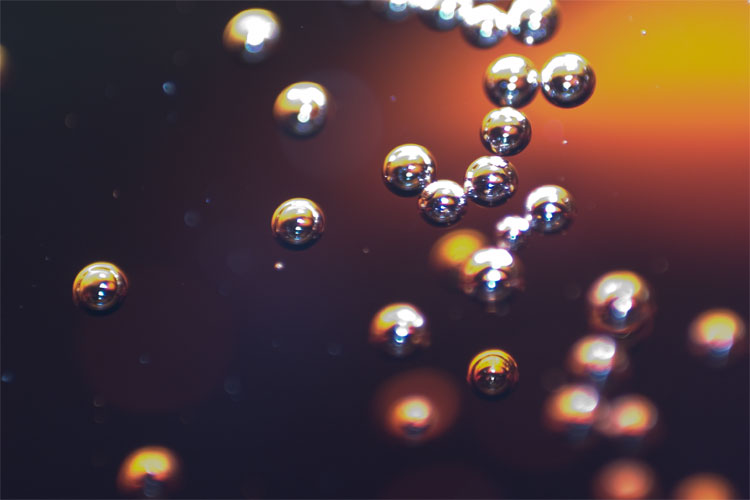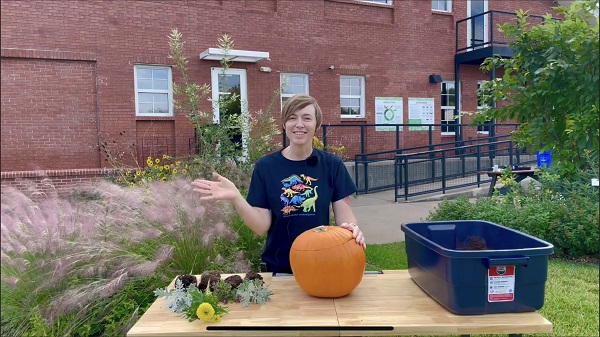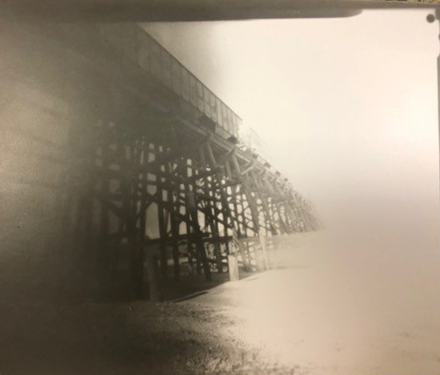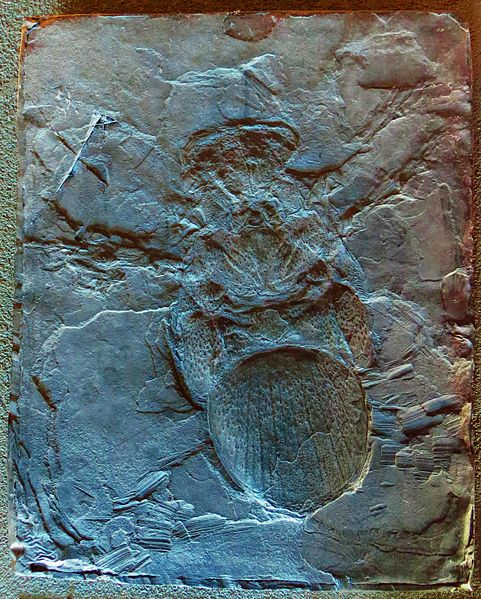Welcome to part two of this series on the chemistry of baking/making a geode cake. For those of you joining us for the first time, you can find part one here
And Now We Bake
Baking happens in three basic stages. In the first stage, all those gas bubbles in the batter you have been working on will get hot and expand. As they get larger, they make the batter rise. Heat only accounts for a little bit of the expansion, however, as much of it comes from a chemical reaction between the leavening ingredients, usually baking soda and/or baking powder, which releases CO2 bubbles. Finally, when the oven gets to about 140 of 150° Fahrenheit, water vapor forms inside the cake and expands the batter just a little bit more. You may have notice that in a cupcake recipe the instructions tell you to only fill the liners 2/3 of the way full. The reason is that the gas bubbles need room to expand the batter without overflowing the cup.
When the batter reaches about 180° Fahrenheit, the expansion is complete. At this point, the structural components of the batter, such as the gluten and eggs, firm up around all those gas bubbles to create the spongey texture you know as “cake”. In most recipes, they describe a process where you test the doneness by lightly tapping the top of your cake to see if it springs back into shape. Your cake batter should have that spring at this point, but you aren’t quite done yet.
The last step to an amazing cake is browning. This is a two-part process. The first part is caramelization. This happens when the sugar is heated above its melting point and the sugar turns a darker color. At this point, the browned sugar will enhance the flavor of the cake and make your kitchen smell great. The second part is called a Maillard reaction. It sounds fancy. Basically, in this reaction, the sugar binds with other bits in the batter, like amino acids, to create flavor and delicious smells.
If you are following along with this “project”, you should at the end of this blog have some cake rounds made. CONGRATULATIONS! You are like a quarter of the way there….
I made my cake rounds ahead of time, wrapped them and put them in the freezer. That’s a thing you can do. Just FYI. Since you have a whhhoooooollllle bunch more steps, I thought you’d want to know.
Next time – butter cream!
Not Quite a Pro Tips:
- It may sound like sacrilege but, if you are in it for the end product and not the process, use a box mix. I know. Somewhere someone just sucked all the air out of a room. However… if your major impediment to trying this project is there are just too many steps and it seems overwhelming… just use a box mix. Store bought mixes were specifically formulated to be easy, tasty and consistent every single time. Go for it. You have my permission.
- Are you a little overwhelmed but feel like box mixes are cheating? Try one of these to make you feel better:
- Switch out the water for something else. Like what you say? Try milk, sour cream or yogurt or, if you want to get nutty, cream cheese or melted ice cream. All acceptable. Sometimes this is how I get rid of that last little bit of Greek yogurt or milk left in the container AND it makes your cake richer and more moist. Win – win. Hate dairy products? Try coffee or lemonade or even a nice dark beer. Go wild. You deserve it.
- Switch the butter for vegetable oil or vice versa. If it were up to me, I say always use butter. ALWAYS. I figure that if you have already committed to making/eating dessert you might as well go for it. Besides that, butter is just a better fat for baking. It makes your cake taste better and gives it a better texture.
- Add another egg or some egg whites. That extra egg helps everything stick together, give you a richer flavor, and help the cake retain some moisture.
- Add other stuff. Really any other stuff. Nuts, jam, chocolate chips, carrot shreds, a mashed banana, peanut butter, cinnamon, champagne…. Try it. Why not?
- Having trouble getting your cake to bake in the middle? Lower the temperature by ten to fifteen degrees and bake it for longer. Don’t panic if it takes a while longer for it to bake.
- Is your cake getting too brown on top? Move further away from the heating element and/or put foil on top of it. No worries!
- Is your cake weirdly domed after baking? You’ve got this…. Spray something flat and heavy with cooking spray and set it on top of the cake to squish it while it cools. Super technical. I use a smaller baking pan with a couple cans of food in it to weight it down.









